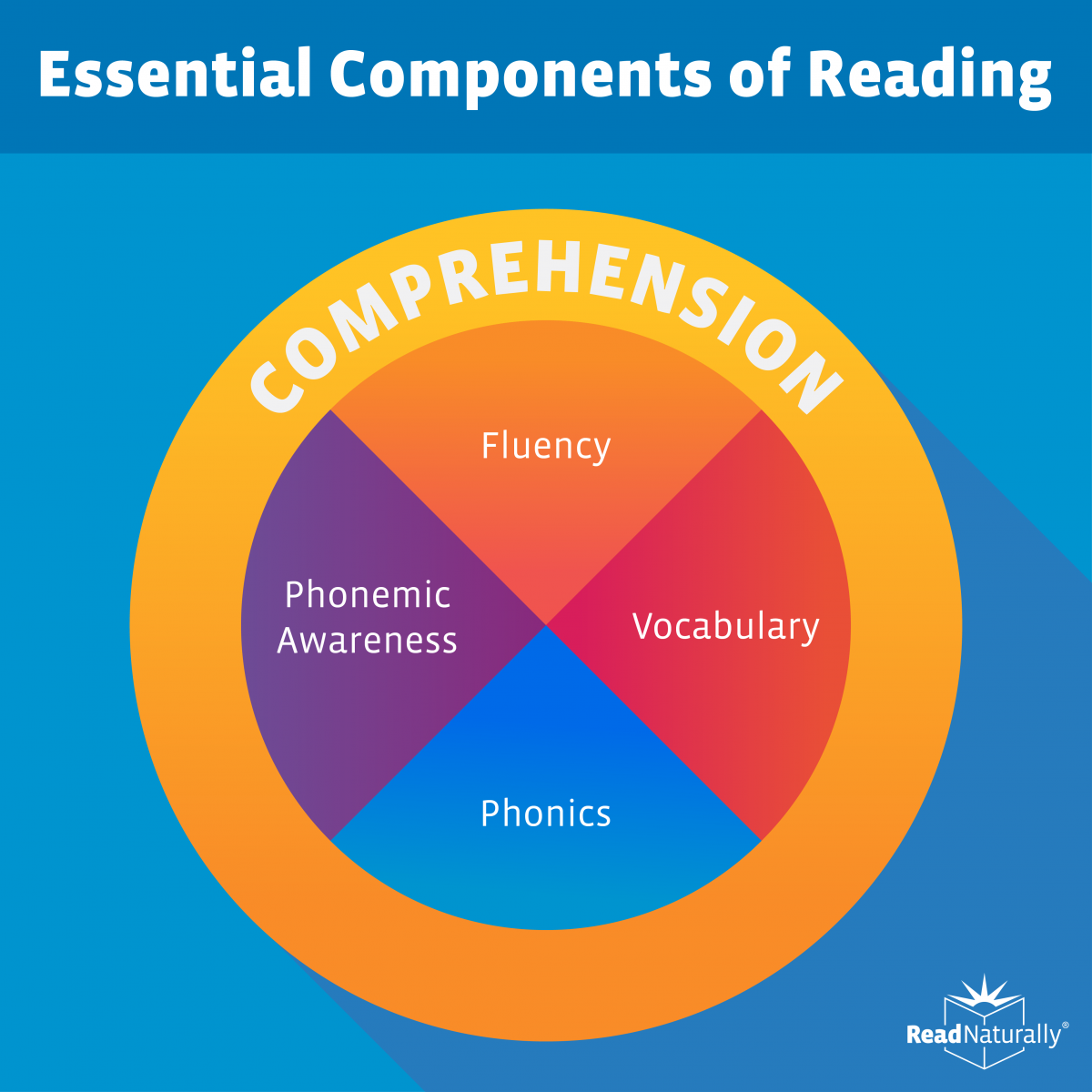
Blog The Art and the Science of Teaching Reading Read Naturally, Inc.
This 5 Elements of Reading Chart contains a short description of each of the elements to aid your children's understanding. This makes it an ideal visual aid to hang up in your classroom for kids to refer back to throughout their learning. More Reading Resources
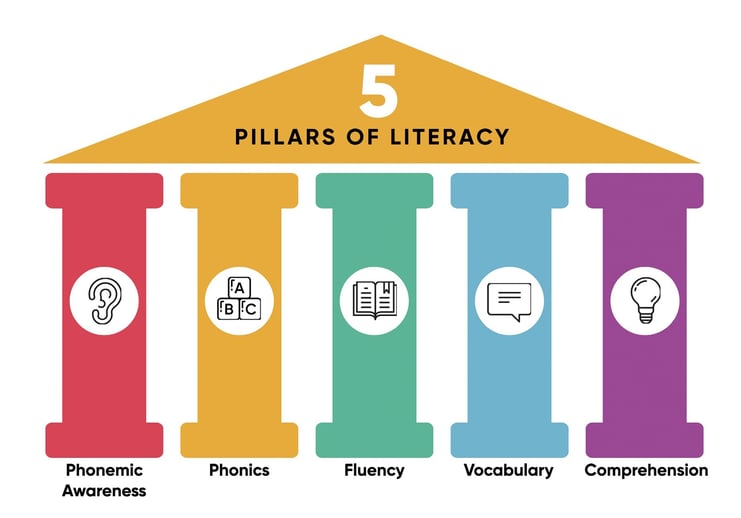
3 Things to Know About the Science of Reading
Reading skills are built on five separate components: phonics, phonemic awareness, vocabulary, fluency, and comprehension. These components work together to create strong, rich, and reliable reading abilities, but they're often taught separately or in uneven distribution.
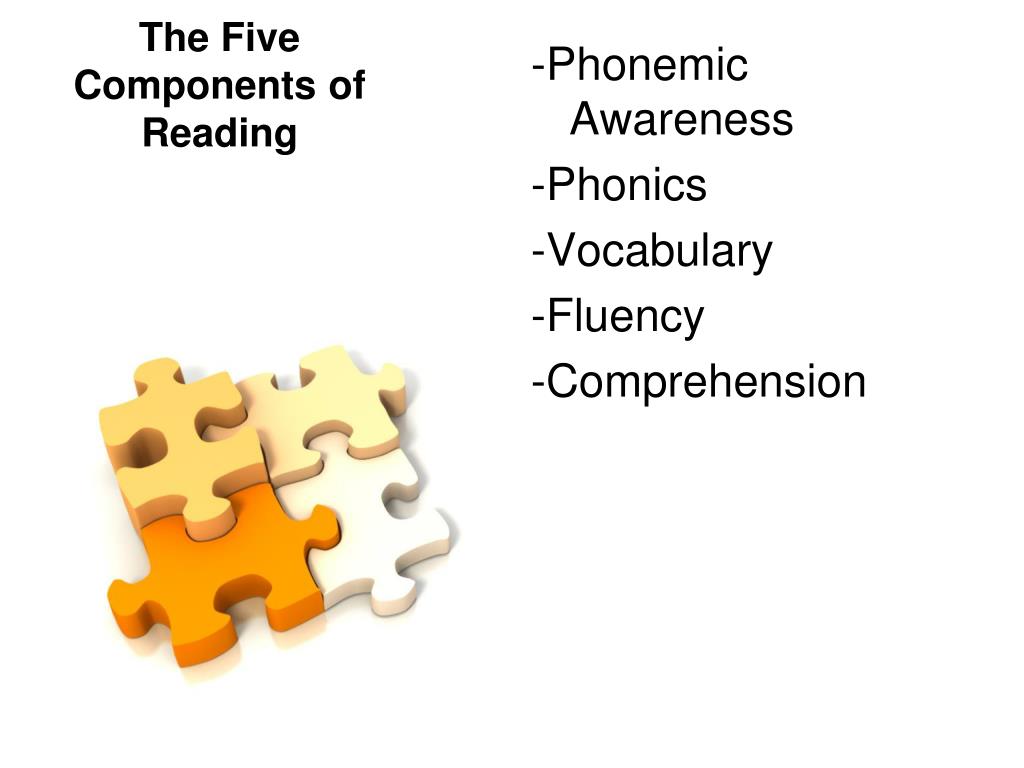
PPT Five Components Of Reading PowerPoint Presentation, free download
The 5 Components of Reading: What they Are. Why they Matter. To address the national reading crisis, as well as identify students at risk for dyslexia, the National Reading Panel identified the most effective components in teaching children to read: phonemic awareness, phonics, vocabulary, fluency, and comprehension.

iHeartLiteracy 5 Essential Components of Reading Instruction
Reading is a complex process. For a child to be able to read proficiently, they must master five key components: phonemic awareness, phonics, fluency, vocabulary, and comprehension. These "Big Five," as defined by the National Reading Panel, provide a comprehensive picture of what literacy means.
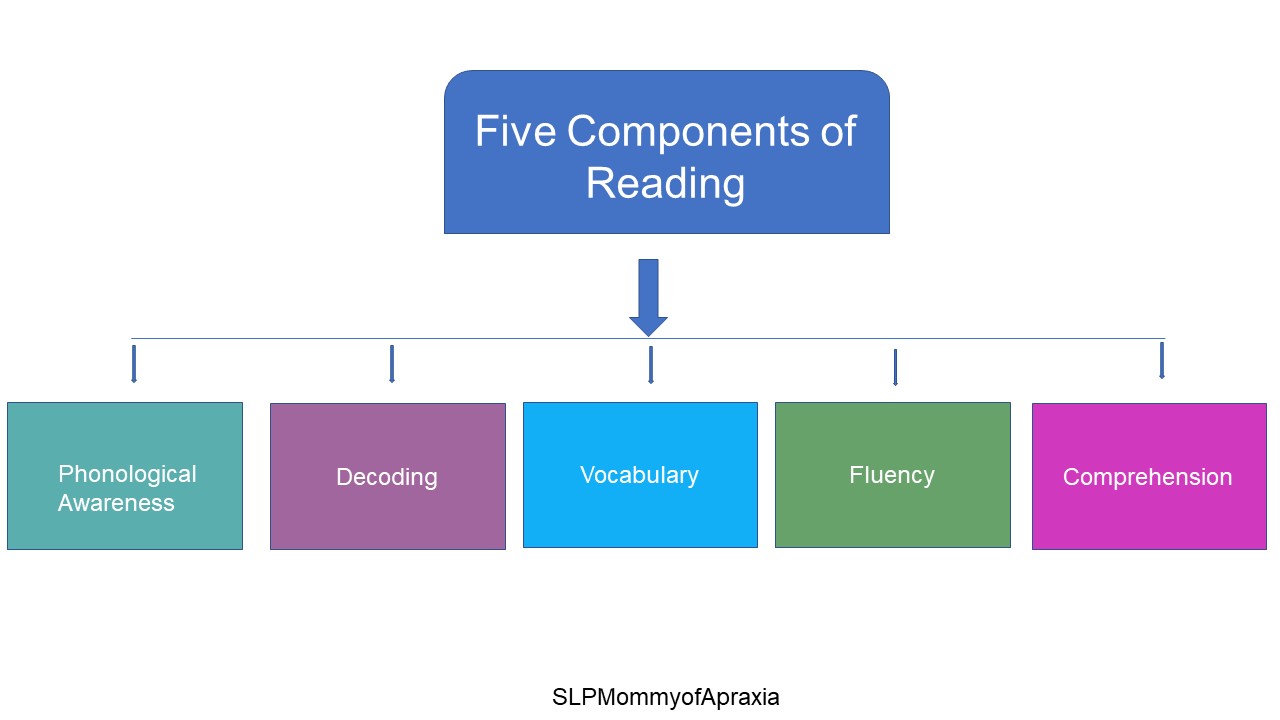
SLP's integral role in the five components of reading SLP Mommy of
1. Phonemic Awareness Meaningful Phonemic Awareness Activities for Older Learners: 2. Phonics Phonics Activities for Older Learners: 3. Fluency Fluency-Building Activities for Older Learners: 4. Vocabulary Vocabulary Boosting Activities for Upper Elementary & Beyond: 5. Comprehension Supporting Students in Developing Reading Comprehension Skills:
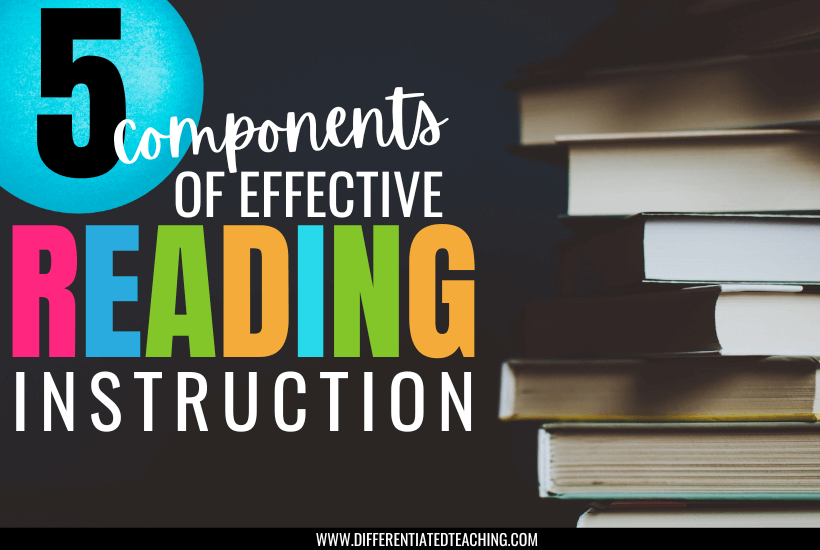
The 5 Key Components of Effective Reading Instruction
The components of reading are oral language, phonological awareness, phonics, fluency, vocabulary, comprehension, and writing. For each reading component, you will find a definition, why it is important, evidence-based practices, and resources.

The Building Blocks of Learning to Read Pathways to Reading Homeschool
This article provides recommendations and considerations for instruction of ELLs within each of the Reading First components. It should be kept in mind, however, that the Reading First components did not originate from studies including ELLs, and that despite research indicating a need for native language instruction, any discussion within the context of Reading First is about teaching ELLs to.

School Counselor / Essential Components of Reading
Home Reading Topics A-Z English Language Learners English Language Learners and the Five Essential Components of Reading Instruction On this page: 2. Phonics 3. Vocabulary development 4. Reading fluency, including oral reading skills 5. Reading comprehension strategies
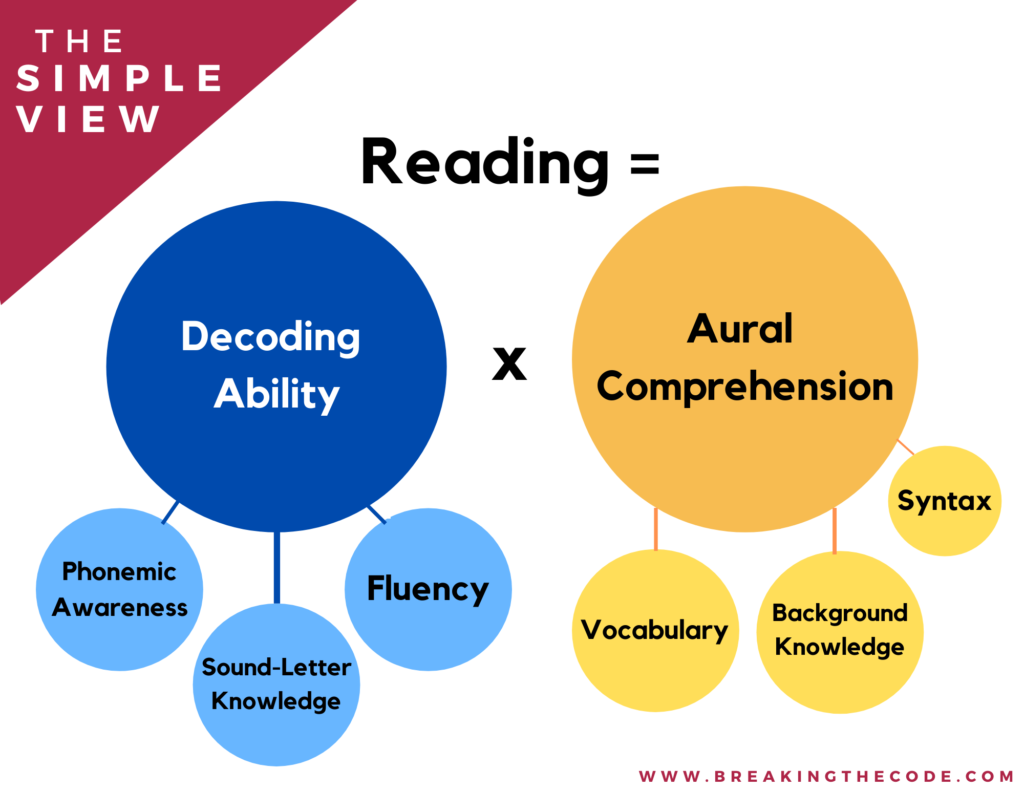
The Science of Reading 5 Key Concepts Breaking The Code
5 Components of Reading Chart | Primary Resource - Twinkl Communication, Language and Literacy Phonics and Word Recognition Reading Writing Visual Aids Expressive Language More Subjects Social Studies Science Arts and Crafts Music Physical Development STEAM Special Education

Unit 3 The Foundations of Early Child Literacy KNILT
This 5 Components of Reading Chart has been designed to strengthen the reading skills of your students, by helping to identity and explain areas that come together to help us understand a text. It's colour-coded, and will stand out brilliantly as part of a classroom display.

Learning to Read Starts with the Ears Cool Teaching Stuff
There are five aspects to the process of reading: phonics, phonemic awareness, vocabulary, reading comprehension and fluency. These five aspects work together to create the reading experience. As children learn to read they must develop skills in all five of these areas in order to become successful readers. Phonics (view articles about Phonics)
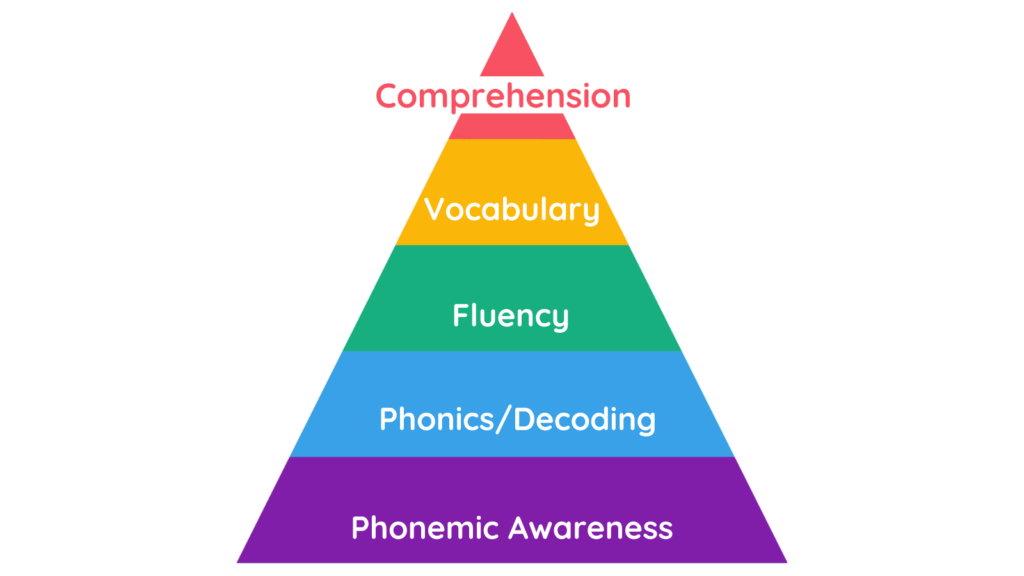
What is The Reading Pyramid? Teach Your Child To Read Early, Step by Step
Program. Just Words® is a highly explicit, multisensory decoding and spelling program for. Overview. students in grades 4-12 and adults who have mild to moderate gaps in their. decoding and spelling proficiency (i.e., moderate word-level reading deficits) but. do not require intensive intervention.

ReadingSkillsPyramid.png 5 essential components of reading
Learn more about the National Reading Panel Intervention programs that address these reading components Bibliography Mehta, P. D., Foorman, B. R., Branum-Martin, L., & Taylor, W. P. (2005). Literacy as a unidimensional construct: Validation, sources of influence and implications in a longitudinal study in grades 1-4.
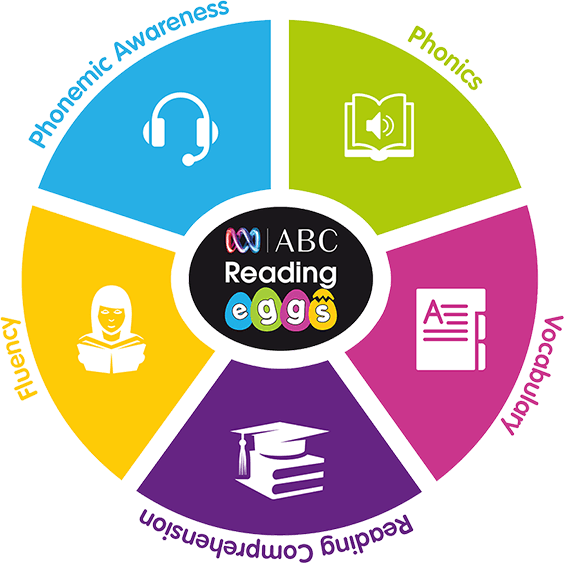
The Five Essential Elements of Reading ABC Reading Eggs
1. Use a variety of strategies to help improve their students' reading fluency. 2. Differentiate between independent level books, instructional level books and frustration level books. Definition. Fluency is the ability to read a text accurately, quickly, and with proper expression and phrasing.
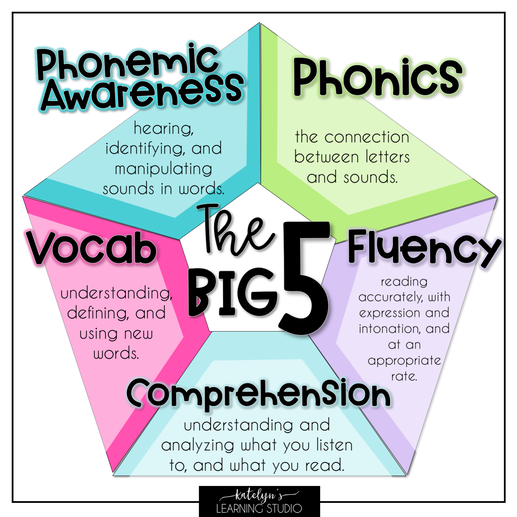
The 5 Components of Reading Heaton RTI
Five Essential Components of Effective Reading Instruction How can we teach all children to read accurately, rapidly, and with comprehension by the end of third grade? The National Reading Panel Report provides an answer to this question.

5 Parts of reading Reading, Letter sound correspondence, First grade
There are five aspects to the process of reading: phonics, phonemic awareness, vocabulary, reading comprehension and fluency. These five aspects work together to create the reading experience. As children learn to read they must develop skills in all five of these areas in order to become successful readers. Phonemic Awareness-